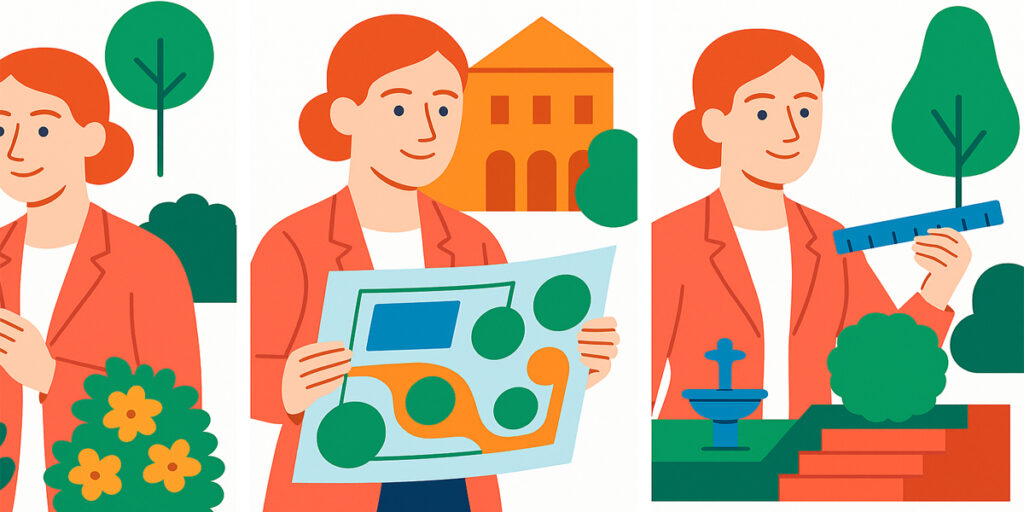She was born during a time when science was still a closed circle for most women, yet from a young age, her world sparkled with questions no one else around her was asking. While other children played with dolls or drew landscapes, she found herself enchanted by the invisible—molecules, reactions, healing powers hidden inside tiny elements of life. Her name was Gertrude Belle Elion, and she carried curiosity like others carried breath.
As a child in New York, her life was ordinary on the surface but extraordinary in its inner world. She was the daughter of immigrants who valued education and honesty. When her beloved grandfather fell ill and passed away from cancer, her grief became fuel. That early loss unlocked something inside her—a hunger to stop pain, to understand disease, to find a way to help others live longer, fuller lives. While the world mourned quietly, she vowed, without fanfare or announcement, that one day she would find a cure.
She was brilliant in school, effortlessly solving problems that made others pause. But the path ahead was filled with walls. It was the 1930s, and women were rarely invited into labs, no matter how capable they were. Even after earning her chemistry degree with honors, she couldn’t find a laboratory willing to take her seriously. Men with fewer qualifications were given positions. Doors shut on her, again and again. But she never gave up. She took unpaid roles, part-time teaching jobs, and research assistant positions—anything that would let her stay close to science. She knew what she was meant to do, and no rejection could rewrite her mission.
Eventually, her persistence found a home. She was hired as an assistant by George Hitchings at the Burroughs Wellcome pharmaceutical company. That decision changed not just her life, but the future of medicine itself. Hitchings wasn’t a traditional boss; he believed in talent, not titles. And Elion was a rare mind—precise, creative, and fearless in her logic. Together, they developed a revolutionary new approach. Instead of trial-and-error drug testing, they began targeting the DNA of disease itself. They designed drugs that would interrupt the life cycles of viruses and bacteria without harming healthy cells. It was like threading a needle in the dark—but Gertrude had the light.
She never earned a PhD, though many thought she had. She didn’t have the chance to pursue one full-time, but her work spoke louder than any degree. Her discoveries were vast and vital: drugs that treated leukemia, gout, malaria, herpes, and later—most famously—the early treatments for AIDS. One of the greatest breakthroughs was AZT, the first effective drug against HIV. At a time when the disease spread fear and confusion, she offered hope. Her work helped turn a terrifying death sentence into something treatable. She gave the world time—time for patients to love longer, live louder, and imagine futures once taken from them.
Her lab coat was not a costume of prestige; it was a uniform of purpose. She believed deeply in the collaboration of science, that no single genius could cure the world alone. She mentored others, especially young women, telling them to follow their curiosity, not the crowd. Her journey was not about fame. It was about solving puzzles for humanity.
In 1988, she received the Nobel Prize in Physiology or Medicine, shared with her colleague George Hitchings and Sir James Black. It was an overdue spotlight on a lifetime of quiet brilliance. The medal was not just metal—it was proof that perseverance, when fueled by purpose, could transform the world.
Even after retirement, she kept her curiosity alive. She advised, wrote, taught, and inspired. She remained gentle in spirit, but fierce in focus. She never sought applause, yet generations of patients, scientists, and dreamers live better because she never stopped asking “what if?”
She didn’t marry or have children of her own, but her legacy is carried in the lives she saved, in the hands of researchers who still build on her work, in the joy of people who found life after diagnosis. Her lab became a haven of hope. And her story is proof that science, when led by compassion, is not cold or clinical—but radiant with humanity.
Gertrude Elion taught the world that intellect is limitless, that persistence cracks barriers, and that even the most overlooked minds can heal millions. She didn’t just develop drugs; she developed a new way of thinking, a map for ethical discovery, and a reminder that genius doesn’t always walk in loudly—it often arrives with quiet steps, sharp eyes, and a heart that refuses to stop caring.
She passed away in 1999, leaving behind more than medicine. She left a model of courage that doesn’t roar, but endures. Her fingerprints are on every patient who survives, every scientist who dares to ask “why not?” and every woman who walks into a lab today knowing she belongs.




















